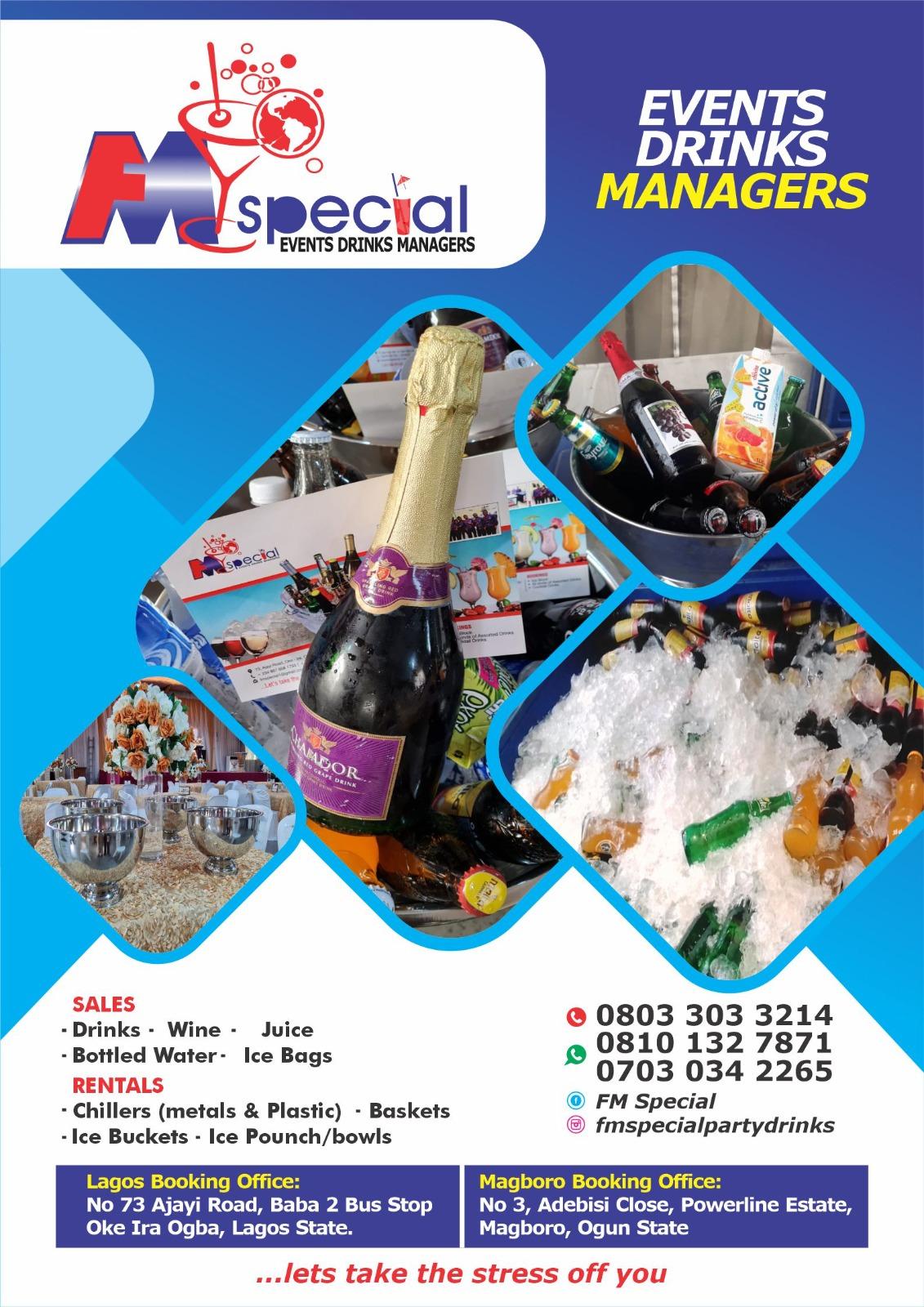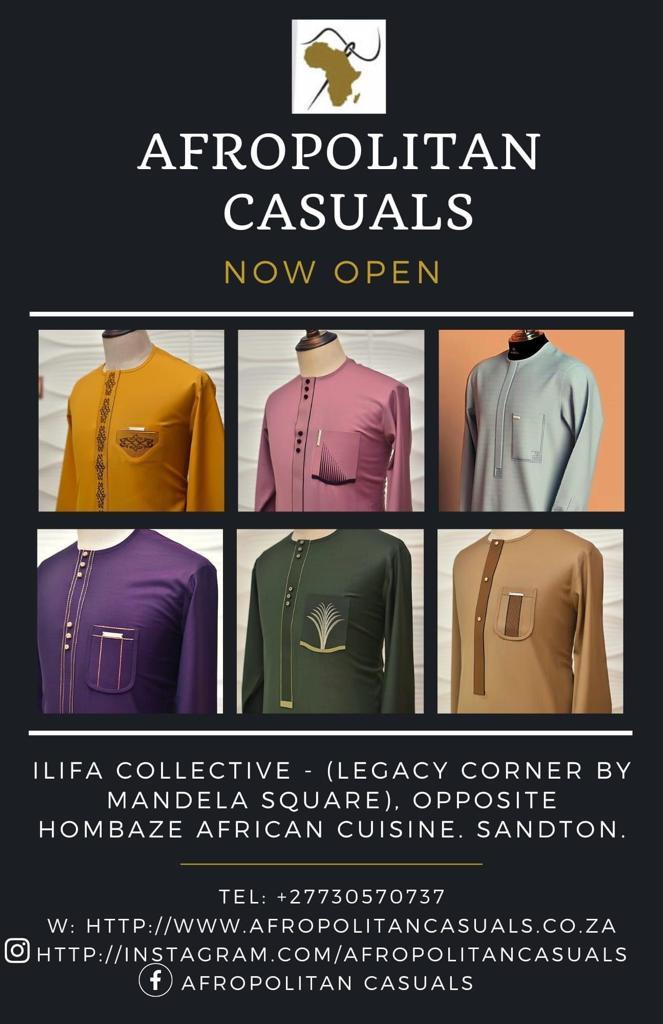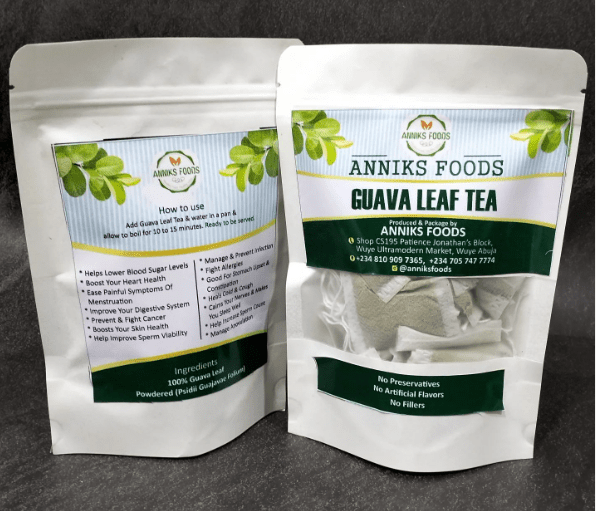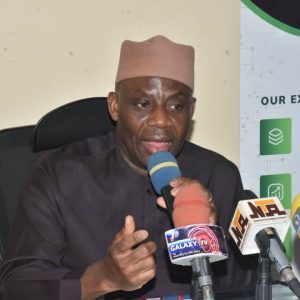In an age where speed is worshipped and we’re all juggling a polycrisis, slowing down may be the boldest (and most productive!) move a leader can make.
Silicon Valley has built a myth that speed equals survival. Cisco’s former CEO John Chambers once insisted companies must reinvent themselves every year to stay relevant. Young AI entrepreneurs like Daksh Gupta champion 12-hour days, six days a week, urging employees to embrace work without balance. Layer on the accelerant of artificial intelligence – cheaper, faster, more efficient – and the expectation seems clear: our output, and our pace, should always rise.
But speed without sustainability is a false economy. Neuroscience, psychology, and lived experience point to a different truth: stillness fuels creativity, resilience, and long-term impact.
When Hustle Becomes a Hiding Place
Nicole Donnelly, Founder and CEO of Hello Moxie, knows the lure of hustle better than most.

“For much of my life, I believed the myth myself,” she recalls. “Growing up in a home where my voice was silenced, I learned early on that to survive I had to overachieve, stay busy, and prove my worth.”
She came from a long line of successful entrepreneurs and quickly learned that achievement equaled safety. In her thirties she built DMG Digital into a thriving marketing agency, quadrupling revenue in four years. On the outside, her relentless drive was celebrated. On the inside, it left her hollow.
“I had become a workaholic: someone who equated busyness with value,” she says. “But my relationships and my health were suffering. I was disconnected from myself.”
Research validates her story. A 2024 study in the Journal of Behavioral Sciences found a direct link between childhood emotional abuse and workaholism. While overwork can produce quick external rewards (promotions, recognition, financial growth) the long-term costs are steep: decreased quality of life, anxiety, burnout, and even chronic illness. Some studies show that survivors of emotional and psychological abuse experience worse health outcomes than survivors of physical or sexual abuse, ranging from depression to PTSD.
Her breaking point came not in another late-night sprint, but in stillness. “After years of practice sitting outside in a hammock, listening to my breath, and letting my body guide me, I realized I was running from myself” she remembers. “And for the first time, I stopped running. And I rediscovered something hustle had stripped away: my own voice.”

The Neuroscience of Doing Nothing
What Donnelly experienced is mirrored in neuroscience. Dr. Nancy Andreasen, a neuroscientist at the University of Iowa, has shown that the brain’s Default Mode Network (DMN) lights up during rest. The DMN is responsible for creativity, self-reflection, and making novel connections – the very capacities most prized in leaders and innovators.
This is the paradox: nonstop acceleration undermines the breakthroughs Silicon Valley claims to value. True innovation emerges in stillness, not speed.
Fear: The Hidden Fuel of Hustle Culture
If stillness is so powerful, why do leaders cling to speed? The answer is fear.
The myth of speed is rooted in the fear of irrelevance, competition, and being left behind. In neoliberal, late-capitalist economies, where competition is fierce and safety nets minimal, acceleration becomes a survival strategy. Overwork is glamorized, worn like a badge of honor. But fear-driven leadership has predictable costs: exhaustion, turnover, and cultures of silence that erode trust and collaboration.
Stillness interrupts this cycle. By slowing down, leaders cultivate self-trust, expand perspective, and build resilience. They learn to lead from presence, not panic.
Lessons from Horses: Robust Presence as Leadership
Consider how horses lead. A horse standing quietly in a pasture is not passive; they radiate robust presence – embodied awareness, clarity of boundaries, and deep responsiveness to their herd. This kind of grounded stillness commands attention and creates safety.
Human leaders, too, can harness presence as power. Stillness isn’t withdrawal; it’s a foundation for intentional action. Just as horses model, true authority doesn’t come from frantic motion. It comes from the steadiness that allows others to trust and follow.
From Stillness to Shine: The Moxie Method™
Out of her own journey, Donnelly developed The Moxie Method™, a five-phase framework for sustainable leadership:
- Stillness (ME): Leadership begins with intentional rest. Neuroscience confirms stillness sparks creativity, insight and problem solving.
- Spark (ME): Curiosity reveals strengths and gifts – both in ourselves and those around us. This builds confidence and commitment to living in alignment with our strengths.
- Sprout (WE): Stepping into fear, discomfort and vulnerability becomes a pathway to connection and growth. By naming truths and taking bold, aligned action, leaders create space for others to do the same.
- Speak Up (WE → WORLD): Courage disrupts silence and fuels collaboration and innovation.
- Shine (WORLD): Legacy emerges when personal transformation inspires systemic change, from mentorship to cultural shifts.
Her arc recognizes the need for multidimensional leadership and echoes a new paradigm of success: wellbeing is foundational, teams thrive when individuals reclaim their voices, and industries shift when leaders resist the false idol of speed.
Why Slowness Wins in the Long Run
AI may accelerate workflows, but if leaders simply demand more output in response, the result is predictable: burnout, attrition, diminishing returns. We’ve already seen it in the “996” work culture in Asia – 9am to 9pm, six days a week – and in Silicon Valley startups that flame out as quickly as they rise.
The alternative is both braver and bolder: leaders who reject the myth of speed and embrace the power of stillness.
As Donnelly challenges herself and her clients: What would change (in you, your relationships, and your larger community) if you stopped equating speed with success and started equating presence with power?
The future won’t belong to those who simply move fastest. It will belong to those who sustain vision, inspire others, and create lasting impact. And sometimes, the boldest act of leadership is to stop. So that real progress can start.

Source: Forbes.com
Stay ahead with the latest updates!
Join The Podium Media on WhatsApp for real-time news alerts, breaking stories, and exclusive content delivered straight to your phone. Don’t miss a headline — subscribe now!
Chat with Us on WhatsApp






